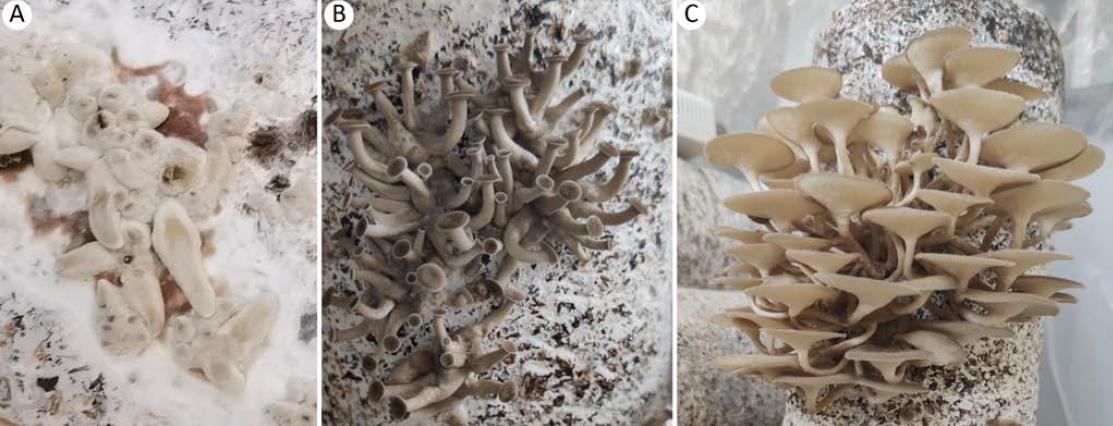 PDF(631 KB)
PDF(631 KB)


 PDF(631 KB)
PDF(631 KB)
 PDF(631 KB)
PDF(631 KB)
漏斗多孔菌液体菌种培养基及其栽培条件
 ({{custom_author.role_cn}}), {{javascript:window.custom_author_cn_index++;}}
({{custom_author.role_cn}}), {{javascript:window.custom_author_cn_index++;}}Liquid culture medium and cultivation conditions of Polyporus arcularius
 ({{custom_author.role_en}}), {{javascript:window.custom_author_en_index++;}}
({{custom_author.role_en}}), {{javascript:window.custom_author_en_index++;}}
| {{custom_ref.label}} |
{{custom_citation.content}}
{{custom_citation.annotation}}
|
/
| 〈 |
|
〉 |